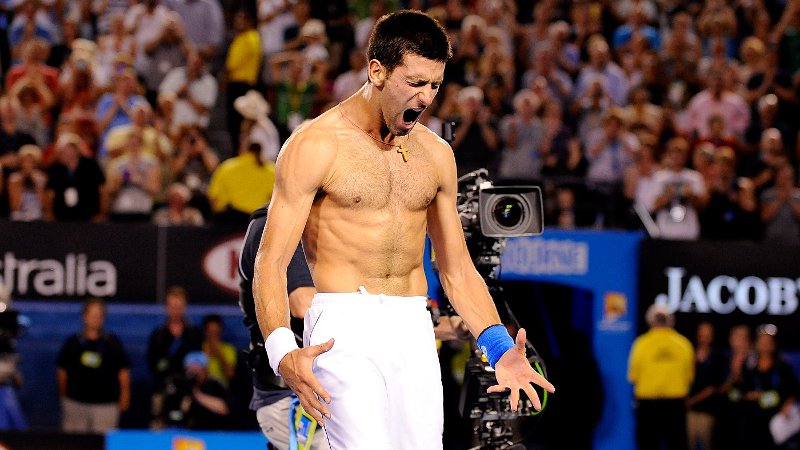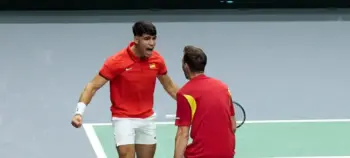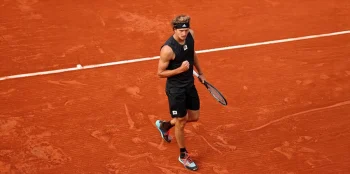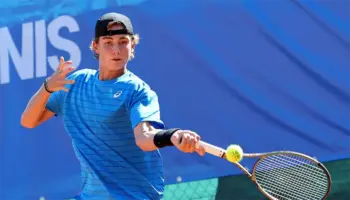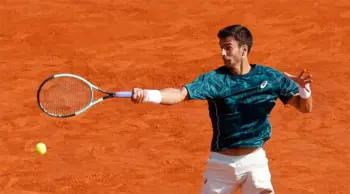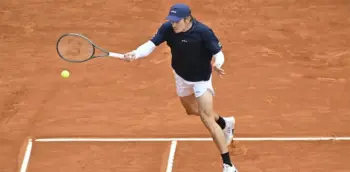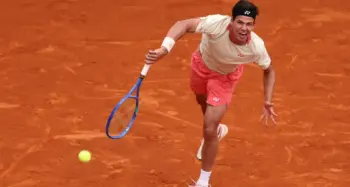Read on to learn why off-season condition training is essential for maintaining a successful tennis career.
You may have played the last game of your competitive season, but training and conditioning for competitive tennis do not take an off-season. While it is critical to utilize a well-constructed workout regime to specifically target the key body parts that endure the most strain and usage throughout the season, establishing a healthy balance between training and rest is vital for preventing exhaustion and overstraining.
So, break out your best men’s running shoes and create an effective and sustainable off-season training schedule to ensure you are properly prepared to tackle the new tennis season without skipping a beat.
The Basics
For all competitive tennis players, strong and resilient core muscles are vital to success. Tennis is classified as a ground-based sport, meaning that an efficient transfer of energy from the ground to the upper body through your core is crucial. However, a common mistake many tennis players make is solely focusing on the strength and endurance of core muscles without considering functional flexibility throughout the entire body, which aids in implementing the hard gym training you do into on-court performance.
The flexibility profile of a tennis player should focus on the spine, hips, hamstrings, ankles, and wrists, with dedicated weight training to build strength in these key areas, reducing the risk of injury and promoting healthy and sustainable recovery.
Common Tennis Injuries
The harsh reality of playing any sport is that injuries are impossible to avoid. Employing an effective off-season training program helps you reduce the risk of picking up a serious injury. It provides your body additional support when recovering from injury should you sustain one. The most common tennis injuries typically fall under three main categories.
Rotator Cuff Tendonitis
Due to the increased frequency of overhead motions performed in tennis, players frequently suffer from rotator cuff tendonitis. The rotator cuff is a collection of muscles and tendons that encase the shoulder joint. This injury often leads to a persistent dull ache in the area that will get progressively worse should you fail to adequately address the issue. This can significantly limit your ability to comfortably lift your dominant arm over your head, limiting your shot-playing options.
Knee Sprains
A sprain is a ligament injury that occurs when fibers in a ligament are torn from sudden and intense movement, typically in a direction that opposes the ligament’s natural movement. These torn fibers happen within the muscle or tendon. The standard course of treatment for such injuries includes plenty of rest, ice packs to assist with swelling, compression garments, and keeping the area elevated.
Achilles Tendonitis
Achilles tendonitis is an injury caused by overuse of the band of tissues that connects the muscles in the calf at the back of your lower leg to the heel bone, commonly known as your Achilles. The repetitive motions of jumping, sliding, and running throughout a tennis match often make players more susceptible to this debilitating injury.
Focused Exercise
Sport is an aerobic and anaerobic sport, and training for it should include a variety of different exercises that promote strength, increase speed and stamina, and improve overall flexibility. These exercises should be included in workouts with gradual increases in intensity, allowing the body to properly adapt to the new movements.
Stretching
Flexibility is one of the most important components of any fitness regime for any person. Not only does it help to prevent the majority of muscle injuries from occurring, but flexibility also allows tennis players to increase the power of their strokes and aid in defensive play.
All players should focus on employing a complete stretching regime before and after all training sessions and matches, as well as incorporate dedicated flexibility programs into their general workout, specifically emphasizing calf and hamstring flexibility.
Strength
Strength training is an essential component of all workouts for anyone, whether they are an athlete or not. By specifically focusing on your strength levels, you will not only enhance your overall performance and significantly decrease the risk of injury, but it will also allow you to target specific areas of the body most needed for playing tennis.
Tennis players should primarily focus on strength training that targets the legs, shoulders, ankles, and core muscles, as these areas of the body typically endure the most pressure and usage throughout the sport. Furthermore, improving your grip and forearm strength will enhance your racquet control.
Interval Training
Tennis is a sport that involves frequent bursts of high-intensity movement followed by rest. The best way to properly condition your body to handle these sudden, fast-paced movements is to incorporate interval run training into your off-season workouts.
These exercises will help you build up better endurance, which will allow you to maintain consistent stamina throughout your matches and allow for better recovery during the slower period of a game. For a joint-friendly option, use an elliptical to perform an interval program.
Multi-Directional Exercises
Many experts recommend multi-directional exercises to target strength and durability in ankles, hips, and lower extremities. Most people refer to these actions as agility training, which traditionally includes a small number of different exercises that support moving in different directions at various levels of intensity.
These exercises commonly include ladder drills, sprints, core rotational moments, shuffles, and balance training. They are all designed to ensure your joints are in top condition for fast and erratic movement across the court as you play.
